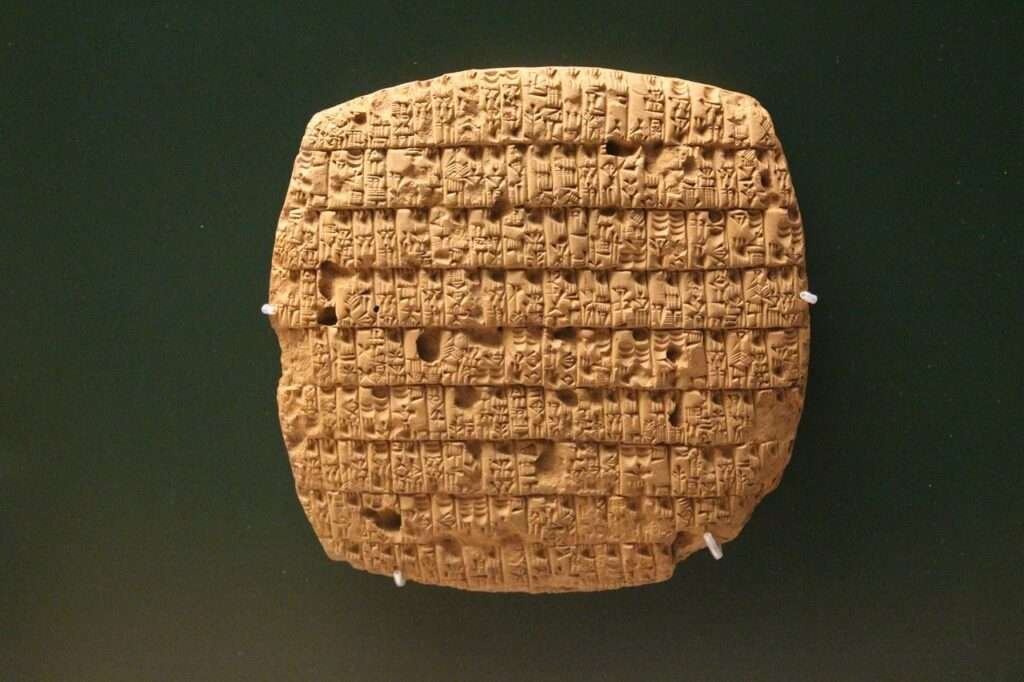Sumerian math might have come first…
Let’s sit and ponder where our mathematics came from.

Sumerian mathematics was used in ancient Mesopotamia (present-day Iraq) as early as the 4th millennium BCE. Sumerian mathematical texts are written in cuneiform script, and they include tables of squares, cubes, reciprocals, and a variety of other mathematical concepts.
The Sumerians used a base-60 numbering system, which is the source of our modern-day use of 60 seconds in a minute, 60 minutes in an hour, and 360 degrees in a circle.
They also had a system of weights and measures, and they were able to perform basic arithmetic operations such as addition, subtraction, multiplication, and division. However, they did not have an algorithm for long division, and they did not use fractions.

The ancient Sumerians lived in Mesopotamia, which is a historical region located in the eastern Mediterranean. It is situated between the Tigris and Euphrates rivers.


It encompasses parts of present-day Iraq, Kuwait, northeastern Syria, southeastern Turkey, and some parts of Iran. Sumer was the southernmost part of Mesopotamia, and it was located in what is now southern Iraq.
Sumer was made up of a collection of city-states, each with its own ruler, and it was the first civilization to develop in the region. The capital of Sumer was the city of Ur, which was one of the most important Sumerian city-states. Other important Sumerian cities included Uruk, Lagash, and Nippur.
Math was necessary all throughout history, even in ancient times. The ancient Sumerians used it for agricultural needs such as plotting out land, for taxation of individuals, to describe large numbers when talking about the heavens and in talking about time and the calendar.
This was one of the first groups of people we know about, but let’s not make the mistake of thinking it WAS the first. I assume it was the first that was well documented. And that we didn’t lose all of their information in a catastrophic library fire.
We will be talking about math, mathematicians, library fires and more in this course. I’ll leave you with this one parting thought for this first lesson. Know that there are many different topical areas to learn about in math. If you’ve never thought about what all those areas are, you are in for a real treat with this video. Watch this and then I’ll see you for lesson 2!
